Although we would all like to think our team could make it through numerous games without our setter needing to make a "save" but the reality is that this game has a level of chaos that requires players to make plays.
Tight Pass
After establishing position at the net, setter turns her shoulders parallel to the net. When the ball arrives, she takes the ball off of the right shoulder, step into the ball and with the right foot forward. NOTE: If the setter turns and takes the ball in front of her face, the ball will be delivered off the net to the hitter.
Low/Flat Pass
This is undoubtedly one of the most difficult plays for a setter to make; a pass that is low and tight to the net. Again, this is where quick feet and getting off the dime quickly will make a major difference in the setter’s ability to make this play. When the setter gets to the point of the ball and the net, she needs to either “step through” or “step down” and she plays the ball. This will allow her to move fast to the ball and at the same time prevent her from going under the net. It would be difficult for me to describe what step through and step down mean, but it is similar to the basketball move of stopping on a dime to shoot a jump shot off the dribble.
Off the Net
Setter should learn to get to the ball with as few steps as possible, and to get to the ball with quick feet. Although the body does NOT have to be square to the hitting position, the shoulders must be turned and squared up BEFORE the ball is delivered. When delivering the ball to the hitting position from beyond the 10’ line, the setter should deliver the ball just left of the standard/pole. No matter where she is on the court (beyond the 10’ line), by delivering the ball just left of the standard/pole, the ball will stay in the hitting position (two feet off the net). The setter should NEVER turn her shoulders toward the net or turn her shoulders to set the ball as she is delivering the set. This will result in a ball that is headed into the net and will mean the ball is unhittable or that the ball will carry the hitter under the net (ankle breaker).
Ball Toward the Left Sideline
As the setter moves toward the ball, she turns her wrists further back so the set is more up-and down and remains inside the antenna. It may also help for her to shift her shoulders back slightly as she gets closer to the sideline. She must also be aware of not running through the set as this will take her directly into the hitter’s path.
Knee Slide
This is used for very low passes. The setter runs to the ball and slides down to her knees BEFORE setting the ball. After sliding to her knees, the setter, keeping her back straight, delivers the ball with chin up, hands high.
Jump Setting
From at the net: Get to the ball and jump, with right foot slightly forward, before the ball gets to you. This is very important: It’s jump and set, not jump-set! In other words, the setter needs to jump and meet the ball, not jump to try and catch up with the ball. On tight balls, the shoulders should be parallel to the net, as explained earlier. When the ball is off the net, be sure to square the shoulders to the hitting position. Obviously, the speed of the wrist flick must be increased on jump sets as the setter no longer has her legs to rely on for additional power.
This post was created from content originally written by Steve George
We can all agree that volleyball in the United States is on the up and up. With increased participation numbers, national team success and TV-visibility of collegiate teams, what do we need to do in order to continue the upward growth? I see way too many coaches, at all pre-college levels, plugging players into what they view as their 6 player roles. I love Stone’s 4 player, badminton sized court play…
I have had many players ask what they can do this summer to improve their volleyball game. It is a great question to answer because it means that our players are taking their development seriously outside of the regular club season. To be great, or even good, there is no true “off season”. The months outside of the club season are more like a different phase of training. Everyone has a limited amount of time and energy, so it is important to recognize how/what you can do to achieve your goals.
I dub this article the post tryout autopsy. The hard part is over you think -- you made it through tryouts with the drills and the physical tests, all while acting as if it was just another day at the office. You take off the sweaty knee pads, walk out of tryouts and wait… wait… wait to see what team you made. Maybe you check every day even though results are not supposed to be for another five days, but just in case you check. And then finally the link is up...
Answering the tough questions including: I want my kid to be on the best team. How can I help them do that? I’ve never been a part of club volleyball and don’t know what to expect. The car ride home after tryouts...
What is your mental game? If I asked this question in a classroom, I believe I would get some good answers, one hopefully from you. Some athletes, especially young athletes, choose to ignore their mental game. And that might work for a while, but if you want to be the best volleyball player you can, there will be many ups and many downs throughout your career, and the best players are the ones that refuse to give up, mentally or physically...
In 7th grade I moved to Kiev to play for the Junior National Team where we were USSR Champions and only lost about three games in 4 years. I lived with my team and coaches at Sports Academy where we would go to school during the summer and travel for camps and tournaments...
Let’s start at the beginning, pepper? What is the importance of being good at peppering? Well if you’ve ever spent more than one day on a volleyball court than you know that there are few things you will do at more practices than pepper...
Just because you aren't in college doesn't mean you can't learn, check out these great quotes from college coaches that know a little bit about the game of volleyball (that was a joke, these peeps are close to legend status).
Did your season not start as well as you hoped? Or maybe you pulled out the wins your needed, but didn’t start matches well? Here are 6 things that can help you start matches stronger...
1,890 miles. The distance between the house I was living in and the new college campus I would be attending. Having spent 12 years in Reno I was ready for a change. Making my decision to move out of state came with careful planning, college visits, and a solid conference choice.
Our answer to questions like: What makes Silver State unique from the other clubs in the area?
Over the course of a few years, several college coaches have contacted Silver State Volleyball Club about players. As a result of those conversations, we have put together some important tips that will help you in the recruitment process.
Although, we would all like to think our team could make it through numerous games without our setter needing to make a "save". The reality is that this game has a level of chaos that requires players to make plays, especially setters.
Unfortunately, we cannot fit everything there is to know about college recruiting into one post, but here is some information to create a foundation about college volleyball.
Throughout college recruiting there are times that you may feel that you and the coach talking to you are on the same page and that you have all the information you need to make an informed decision. But until you hear the answer coming out of the coaches mouth, all you have are assumptions.
Setters are often called the “quarterback” of a volleyball team, since most of a team’s offense goes through and relies upon the setter’s ability. That said, can you imagine a football team that does not have the quarterback getting special attention and extra practice so he can better develop and hone his inherently important skills?
There are said to be six basic skills to volleyball: blocking, serving, defense, passing, hitting, and setting. Here they are broken down into the basics of what need to be done in order to be successful at each skill.
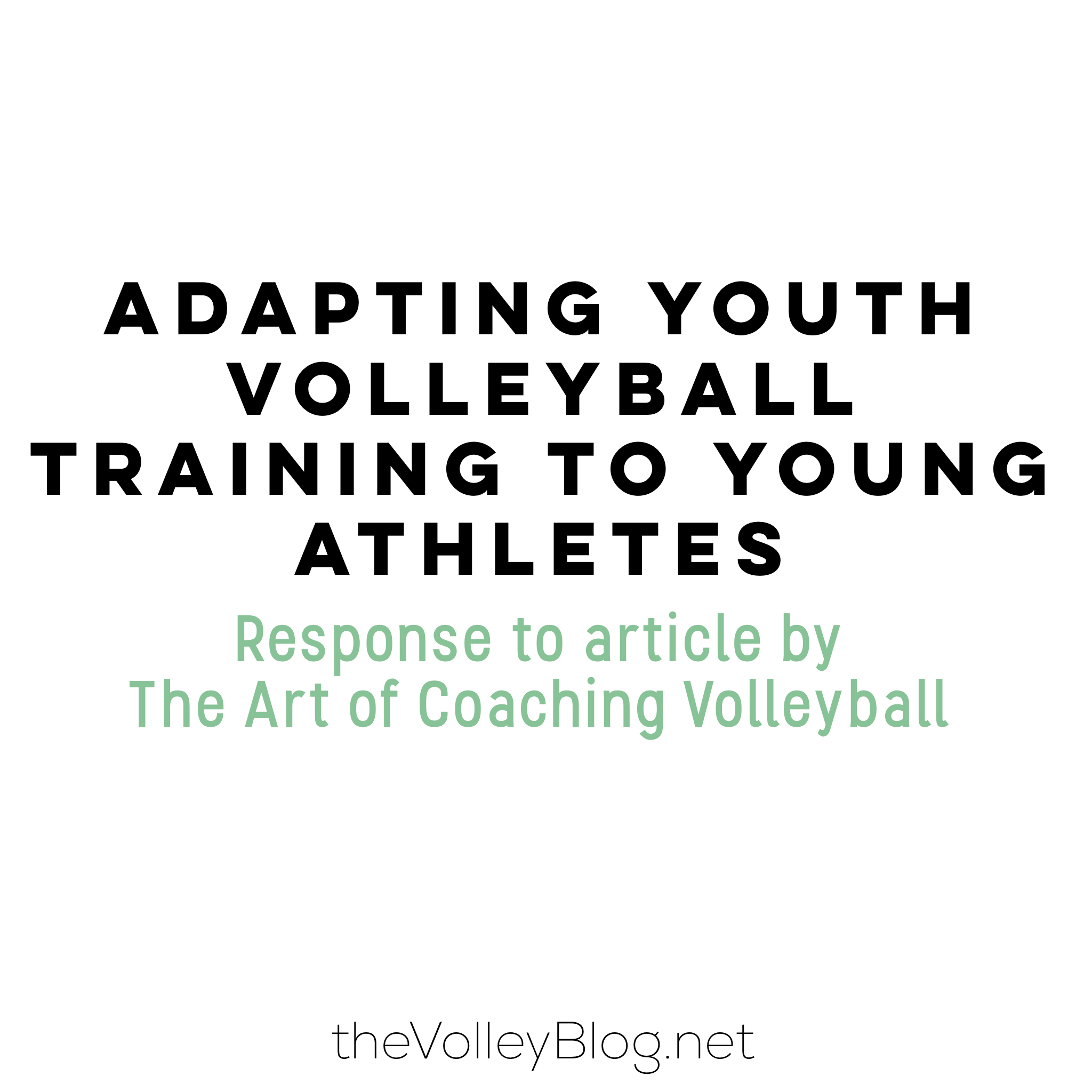
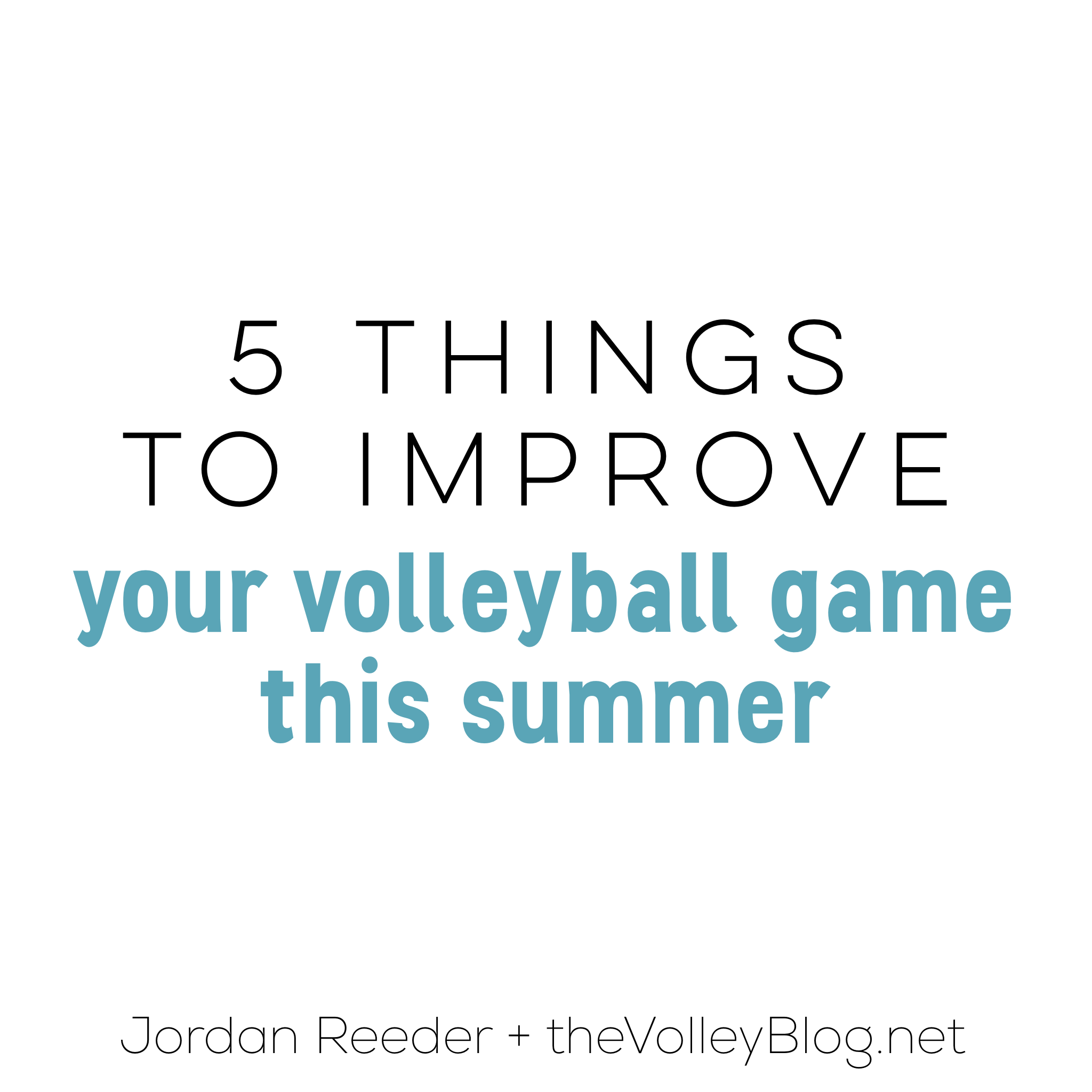


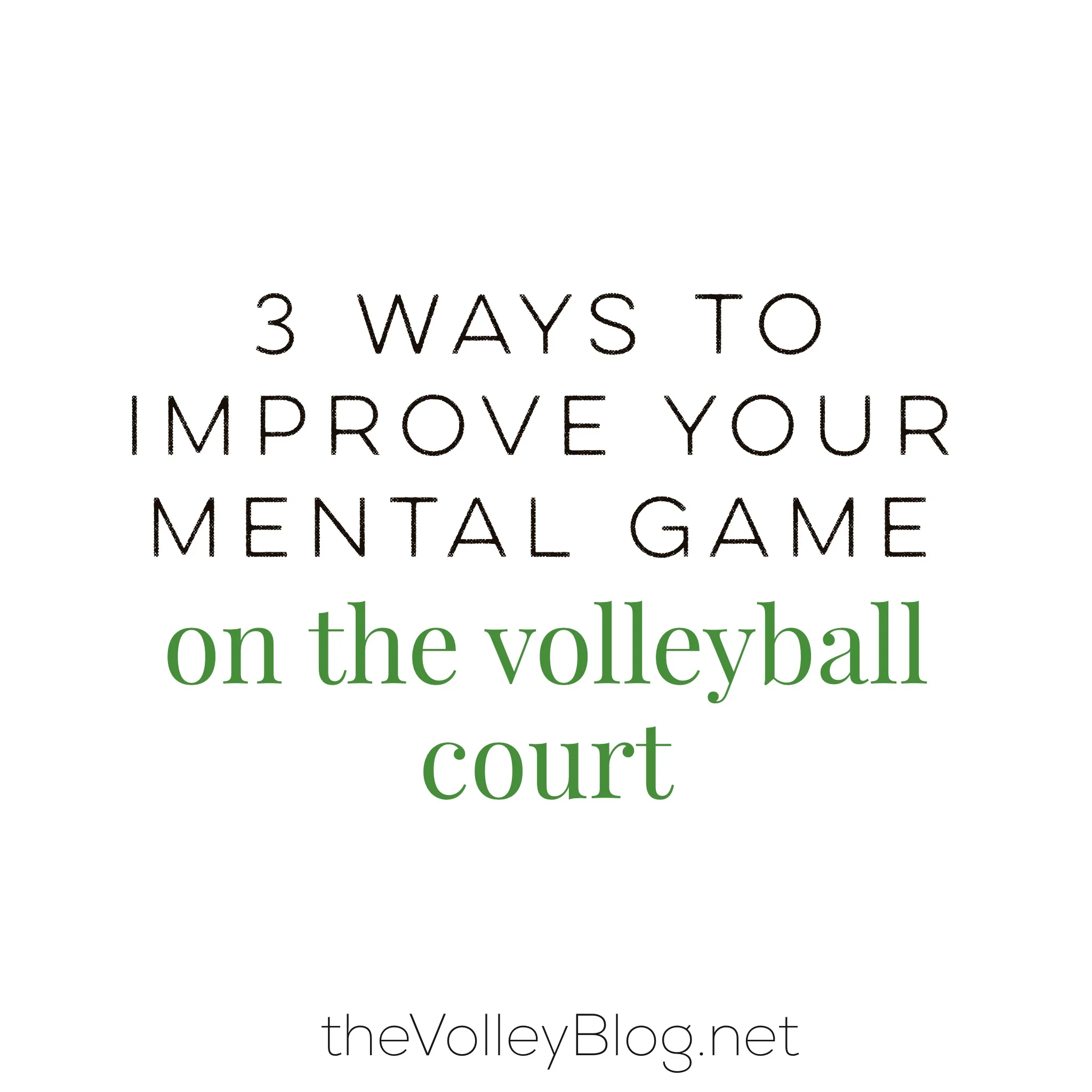


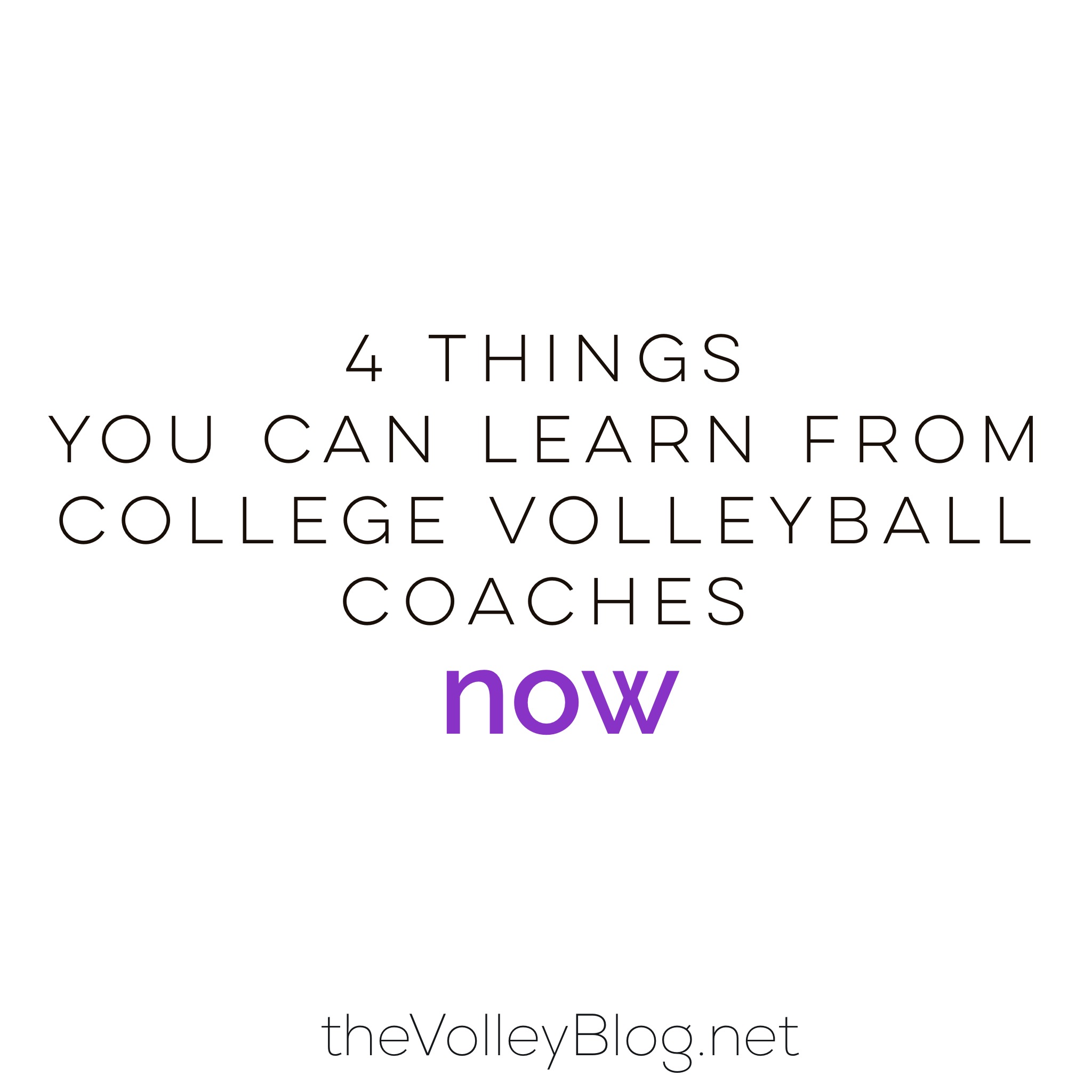
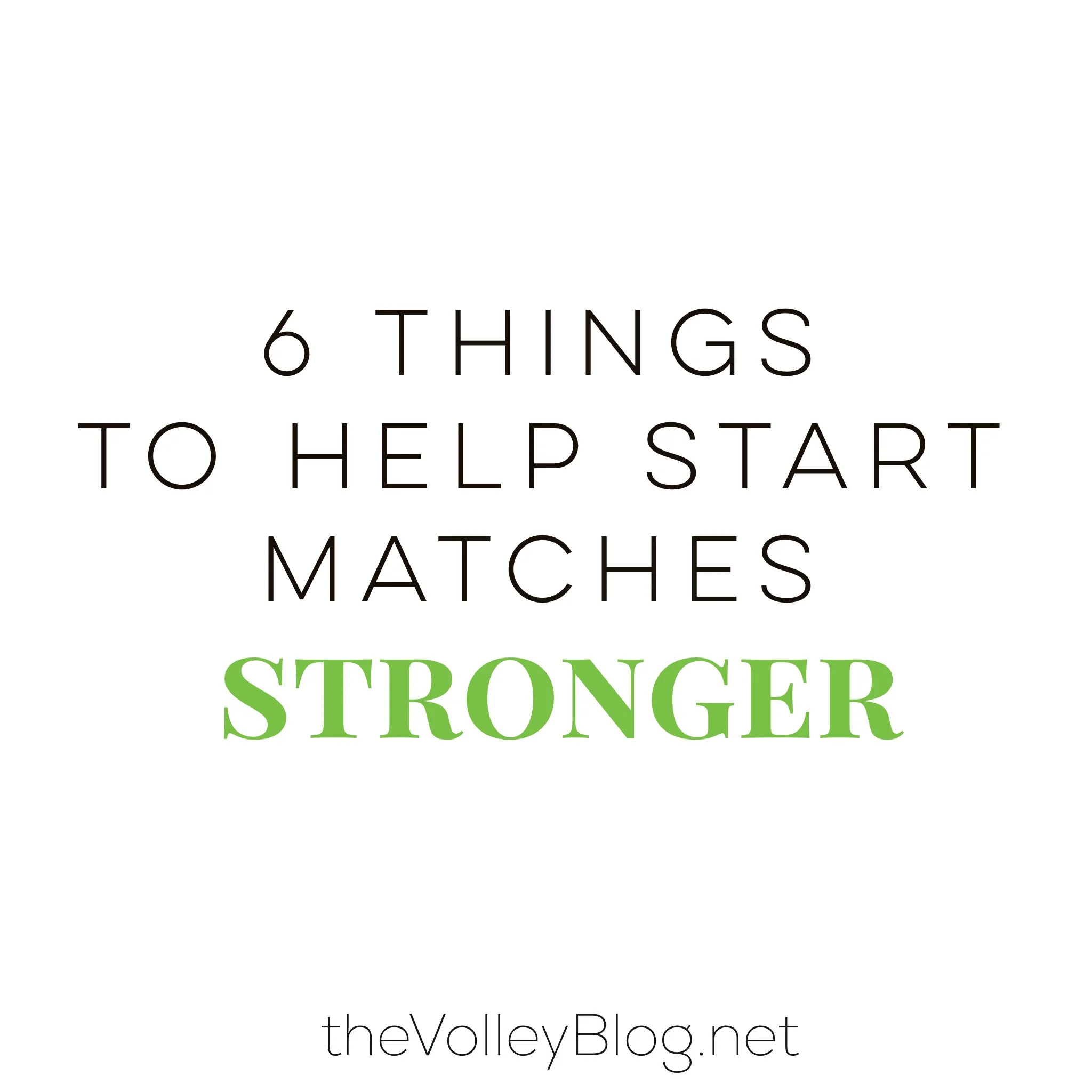



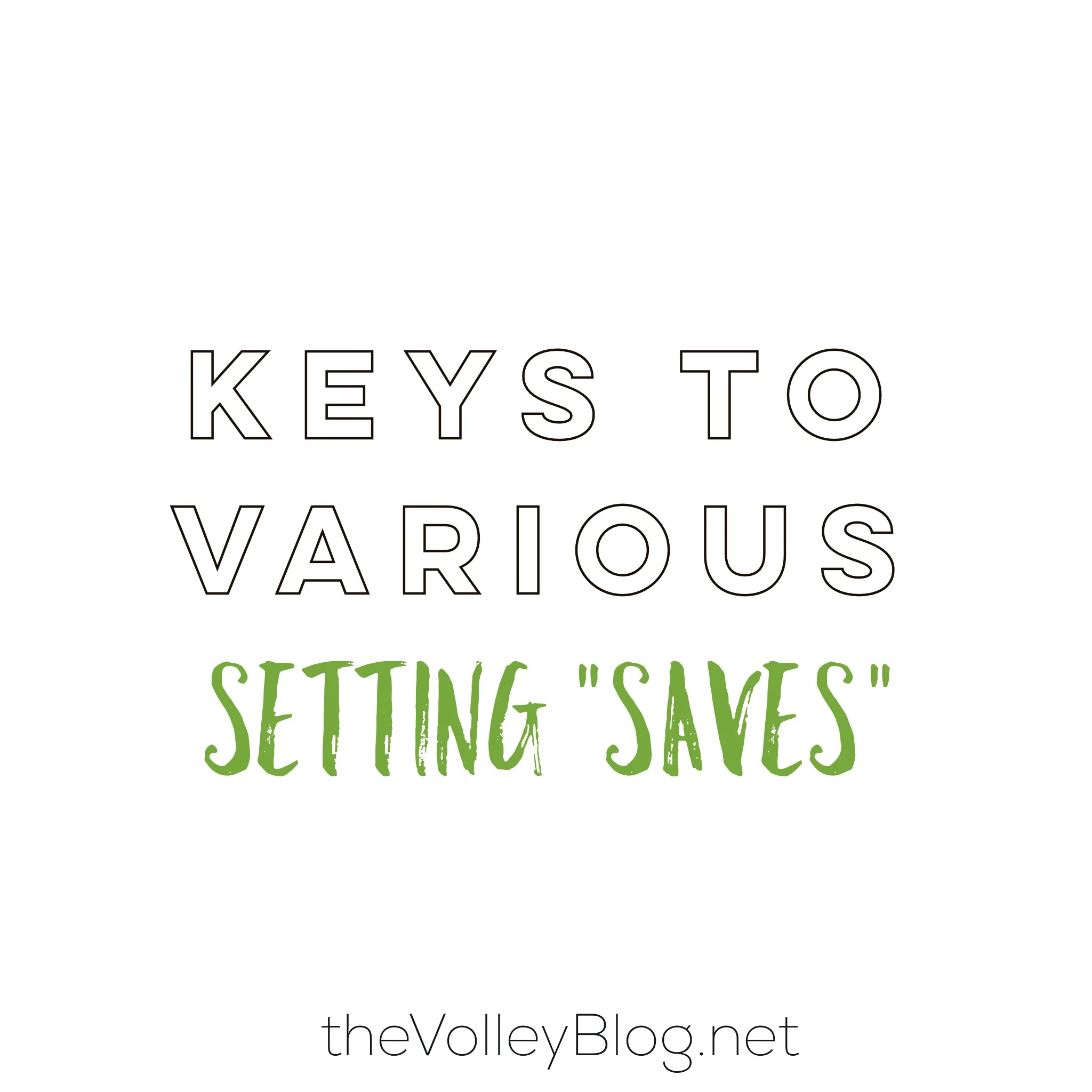


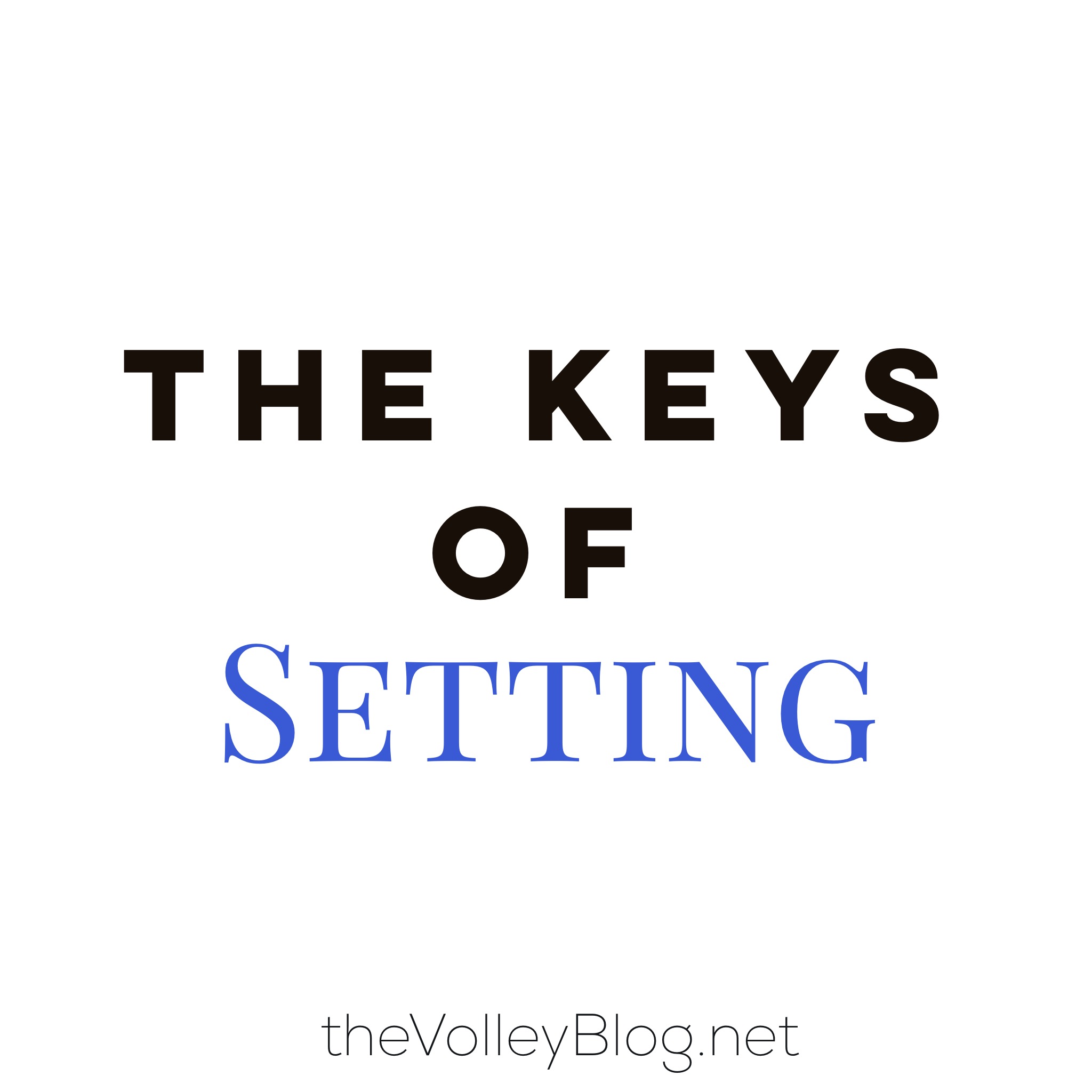
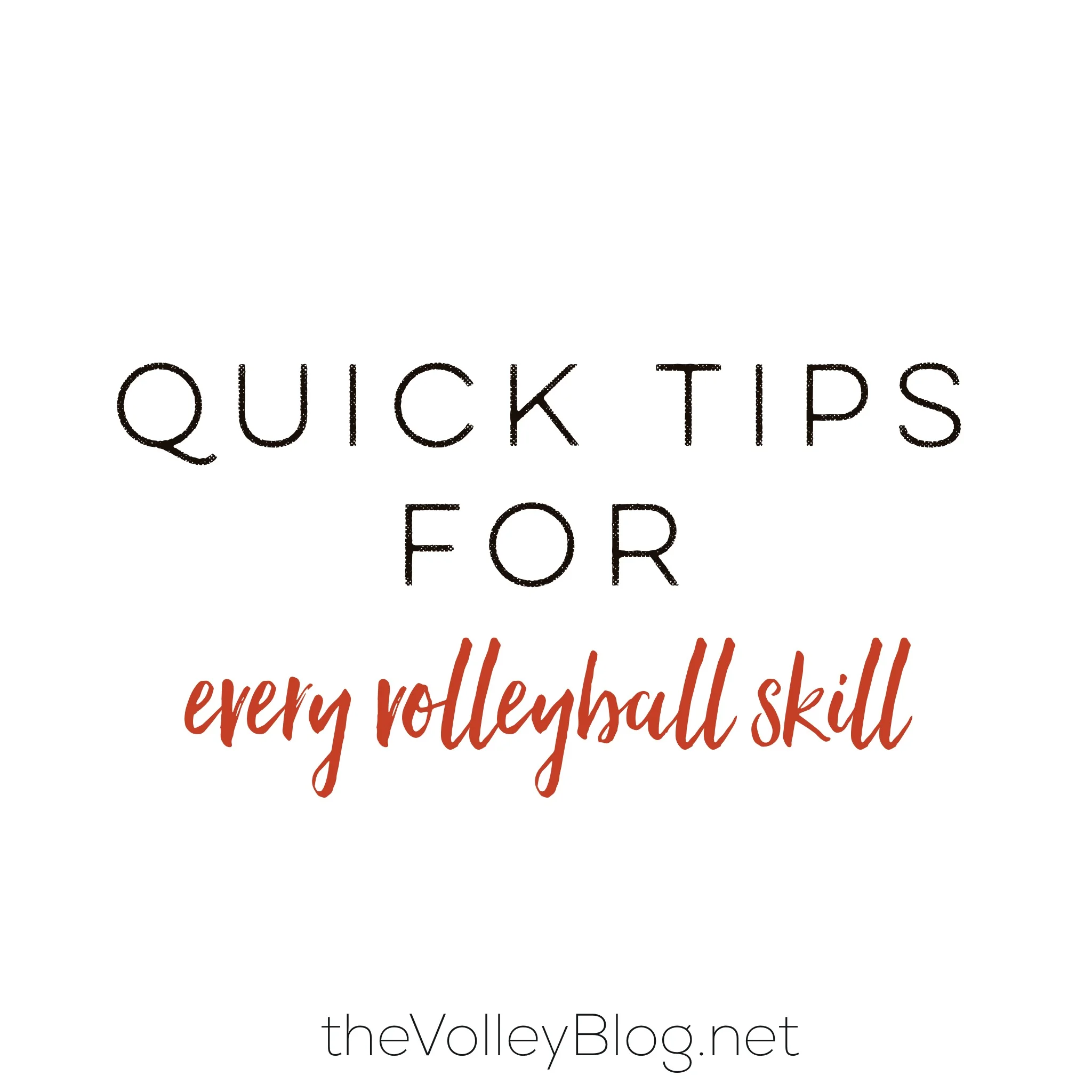
If there was one position in volleyball that gets a bad rap, it is the Defensive Specialist. While it is easy to write-off these players, just as Setters, Pin Hitters, Middles, and Liberos have roles to take care of, so do Defensive Specialists! Check out our volleyball dictionary definition for Defensive Specialist, intangible qualities a coach wants to see on the court and the 1 key to being a great Defensive Specialist.